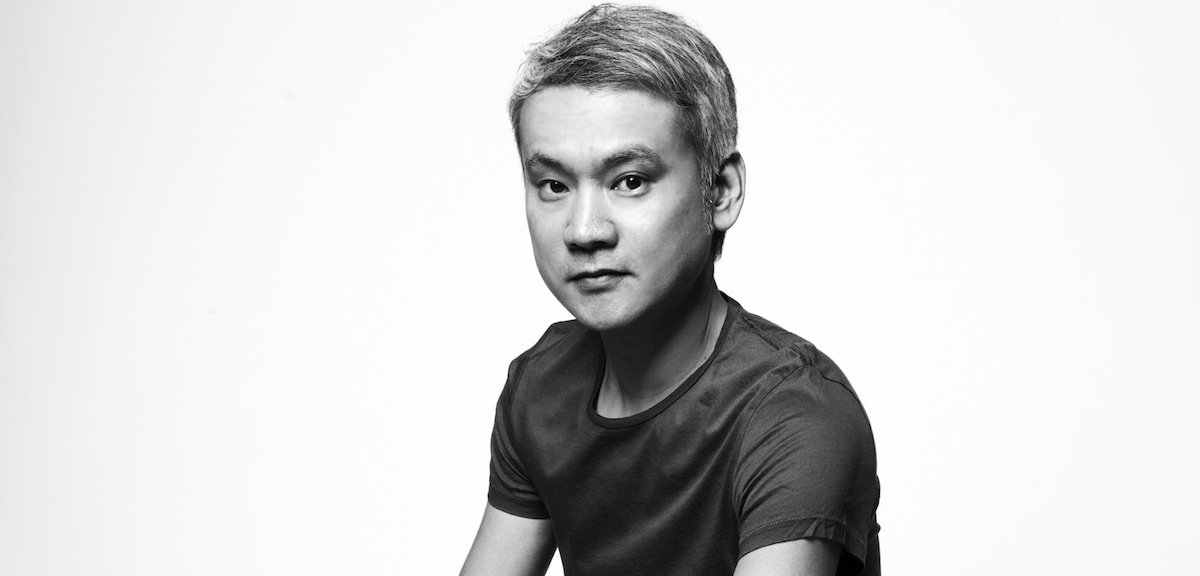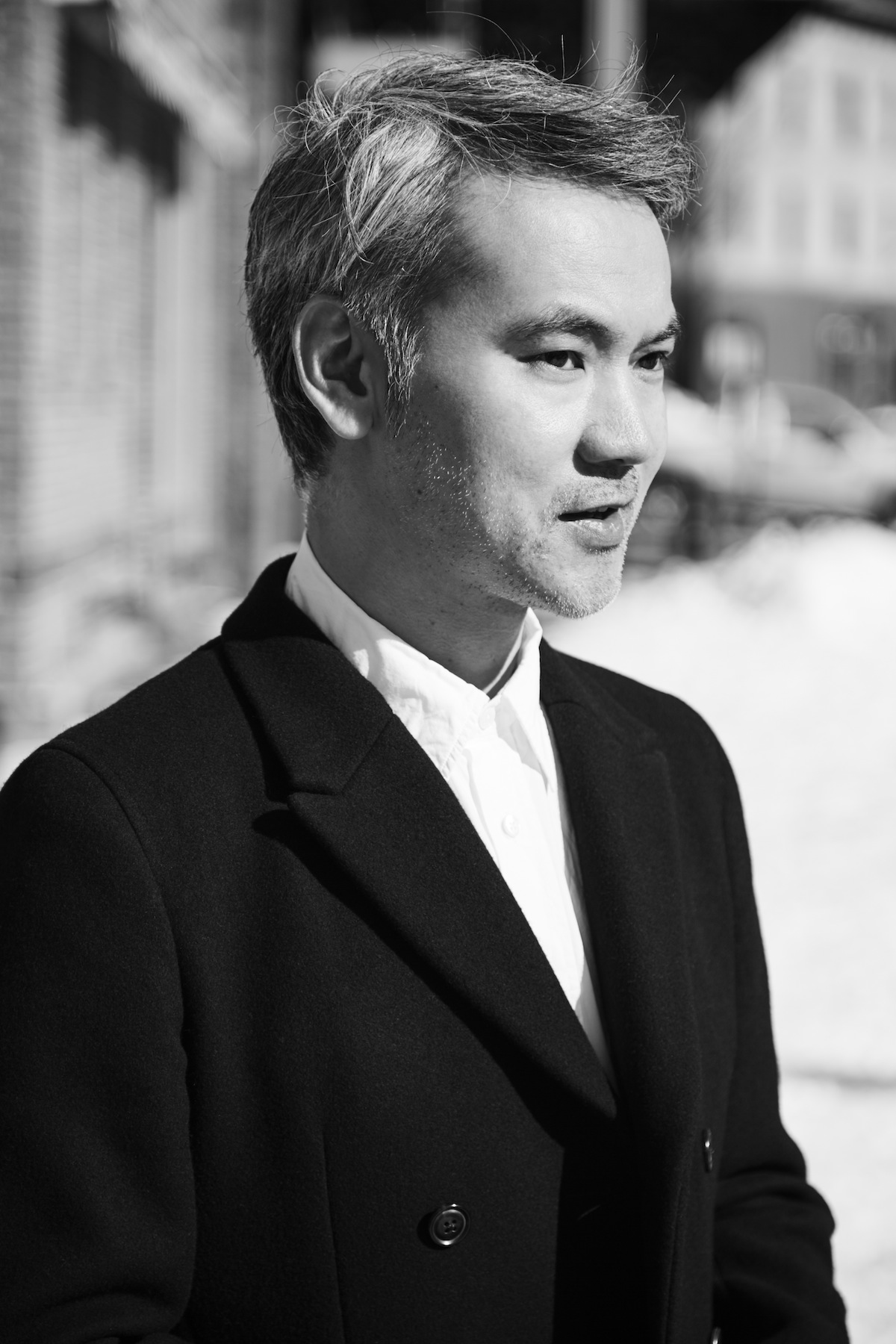Q&A: Satoshi Tomiie Releases New Day
A decade and a half after his full-length debut, the house-music vet's second album is finally here.

Q&A: Satoshi Tomiie Releases New Day
A decade and a half after his full-length debut, the house-music vet's second album is finally here.

If there were any justice in the world, Satoshi Tomiie would be exalted as one of house music’s prime movers, a towering figure gazing over the clubbing realm like a modern-day Colossus of Rhodes. After all, as protogé of the late Frankie Knuckles, he produced the music for 1989’s “Tears,” one of dance-music’s scene-defining songs; along with Knuckles, David Morales and Hector Romero, he was a core member of the venerable Def Mix collective; in 2001, he and Romero launched SAW.RECORDINGS, a label with a discography that includes Audiofly, Nathan Fake, Guy Gerber and Guti. Plus, he’s long been a hell of a DJ, constructing near-epic sets that push and pull in all the right places.
But Tomiie, to his credit, isn’t exactly deity material—despite his 26 years in the business, and despite boasting a resumé that would put most other artists to shame, the low-key producer is as modest as they come, content to simply keep his head down and get the work done. And what he’s been working on lately is New Day, which serves, almost shockingly, as his first artist album since 1999’s Full Lick (though he’s released plenty of DJ mixes and compilations since then, not to mention dozens of singles). Released on his new Abstract Architecture label, New Day was worth the wait: It’s a refined and atmospheric collection of cuts that are among the most gorgeous tunes that Tomiie’s come up with since, well, “Tears.” XLR8R recently had the pleasure of catching up with the soft-spoken Tomiie, who currently splits his time between New York, Paris, and the road.
It’s hard to believe that, after so many years as a producer, this is only your second album of original material.
That’s right, and the last one was many years ago.
Had you been thinking about making another album in the interim?
It was on my agenda all the time. But I had so many commitments; I was away all the time. The DJ life, basically. And I’m one of those people who makes all the songs by myself—I’m not hiring anyone. So I’ve been releasing singles, EPs and compilations, but I just didn’t have time for an album. Also, I didn’t have any studio for two years.
Why not?
It was because I moved—and the reason I moved was so that I could construct a studio in my new apartment. But the process of doing that, getting all the permits from the city and everything, was a bit of a nightmare. It went much slower than I expected.
We’re talking about your place in New York, right?
Yes, that’s right. But I also am in Paris a lot of the time, and I’m also building a studio in my apartment there. I didn’t really want to go through this again, but I am. I guess I like to abuse myself! Anyway, the whole time I didn’t have a studio, I was writing a lot of sketches for songs, in airplanes or wherever I would get some inspiration. And when the studio was finally ready, I just said, “Okay, I’m going to make another album!” It feels like this is the right time, though I guess I didn’t really need to wait this long. [laughs]
New Day is out on your freshly-formed label, Abstract Architecture. You’ve compared music to architecture in the past. Could you elaborate on that?
Well, let’s say there is a photographer taking a picture of a part of a building’s architecture; the photographer then is giving his own translation of the architecture, and giving it a new meaning. It’s kind of a modern-art way of thinking, I guess—the way you present stuff gives it meaning. And then say you have a sample of some music, a piece of music that was composed by somebody else. The sample is just a cut-up piece of a moment, and then that becomes another piece of art and has a new meaning. The idea is nothing new, but this kind of thing has always fascinated me. Actually, if you Google “abstract architecture,” you get lots of very cool cut-up images of buildings, and I find that super-interesting.

Why not release the album on an established label, like your own SAW.RECORDINGS?
I wanted to make this album be like one story, and I didn’t want to use much of the more clubby, loopy, groovy stuff for the album. I’m not aiming for DJs with this, really. So instead of release it on SAW or wherever, I thought it would be good to make a different platform, instead of the label I already had. In general, I look at Abstract Architecture as more of a platform for projects than as a record label. Right now, every thing coming out on the label is related to the album; I might follow that up with a totally different project, like a collaboration with other people.
Other than the fact that the album is on a new label, does its title have any significance?
There’s a track on the album named “New Day,” and I just realized that this would be a good name for the entire thing. It’s just about making a fresh start. The song itself is literally about a new day: You wake up and the day changes. At the same time, it’s a little bit of a love song.
That’s the only track on the album with lyrics, right?
That’s right. I actually was trying to have the whole album be instrumental; I wanted it to be abstract, without giving the listener a specific message. I want people to think about what it might mean.
It’s a bit of a new sound for you as well, right? As you mentioned, it’s less full-on clubby than most of your recent work.
Yeah. It’s kind of going back to the music that originally influenced me. I never forgot about those influences, really—but I had never really related to them in years. I didn’t want to do the same kind of music that I had been doing years ago, of course—but I wanted to feel the same kind of impact that my influences had given me in the early days, but in a new way.
You can hear echoes of songs like “Tears” or “And I Loved You” in the track “New Day.” The sound is different, but there’s definitely something about the vibe that is reminiscent of your very early work.
Yes, the feel is the same. It’s like putting on new clothes—you look different, but it’s the same you. It’s always you.
You had mentioned that you sketch ideas out. Does that mean, when you walk into your studio, you have a really solid idea of what you’re going to do?
No, I really just go in and see what happens, just messing with the keyboards and drum-machine samples, and then maybe the inspiration comes. But often it doesn’t. [laughs] Even if I do go into the studio with a specific idea, that idea will normally lead to somewhere else. That’s just the way it works for me. It’s like writing a novel, maybe—you start out with a few ideas and see where it goes.
Do you think of New Day as a novel of sorts, in that it’s meant to tell some kind of story?
Yeah, a kind of musical storytelling, I think. But it’s kind of people’s own story—I hope they listen to it and imagine their own journey. If ten people listen to it, maybe there are ten different stories. I made it to be listened to from the start to the end, and I really hope that people do that. For me, that’s why you make an album in the first place. It’s kind of like a DJ set, one that tells a story.
“There are always new sounds that interest me, and the inspiration is endless.”
Just before the album came out, you released a sampler that featured remixes from a pair of other dance-music vets, Ron Trent and DJ Sneak; for the second sampler, you tapped Fred P. How do you go about choosing your remixers?
I basically just make one big list of names of people I respect, and match those names to the songs. It’s a bit of a difficult process; it’s more like being an A&R person than it is being an artist. But I think that everybody did a really amazing job. And there are more coming. For instance, we have a remix coming from Maayan Nidam; I DJed with her for an album launch party in Tokyo, and we had a blast. She’s a really good DJ. She did a twisted version of “New Day” for me.
Do you every find it worrisome to have someone mess around with your music, after you’ve been working on it so long yourself?
Actually, that’s the part that I like. I love to hear people’s interpretations. I always look forward to hearing what people do.
Have you ever been disappointed?
I better not say!
You’ve been playing a number of DJ dates in support of New Day. Do you have plans to perform live someday?
Ah, the pressure is coming! People are always asking, “Do you play live?” I have started collecting hardware again, so I would have some knobs to tweak if I did it live—which would make it a little more interesting to me. It would be fun, and a lot of work, too. So…maybe, possibly, yes. It’s kind of in the pipeline.
You’ve been at this for over two and a half decades now. How do you still keep your enthusiasm level up? Are you addicted to making dance music and DJing?
Yes, but this is the only addiction I have. And I still don’t feel like I’ve done enough. There are always new sounds that interest me, and the inspiration is endless. I still love what I’m doing—and what else could I do? [laughs] This is the kind of job you really can’t retire from.

